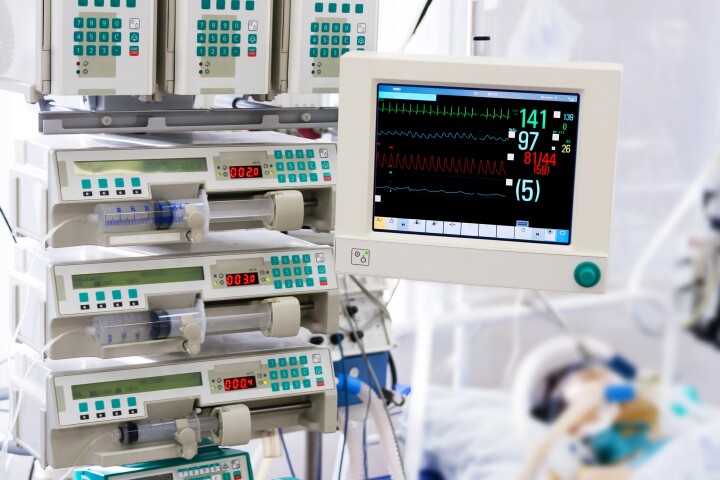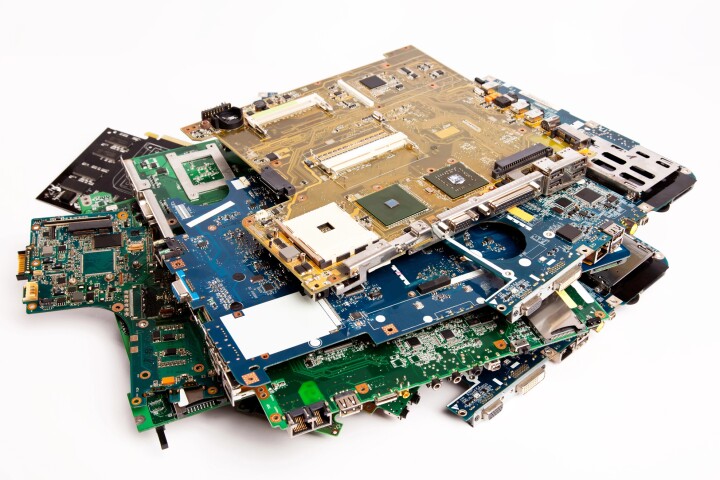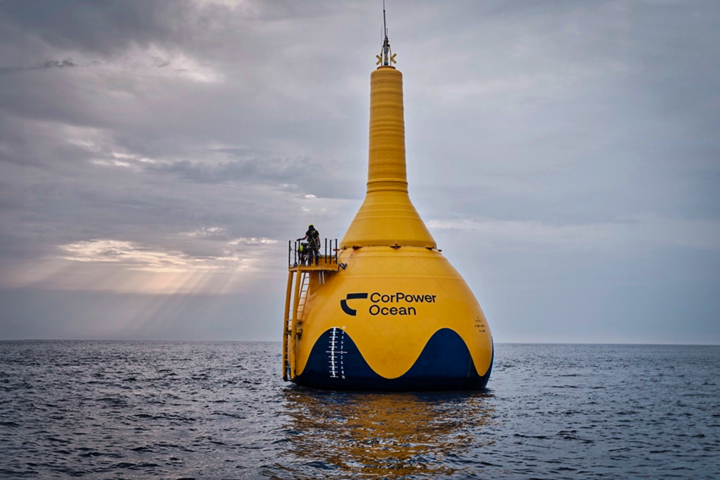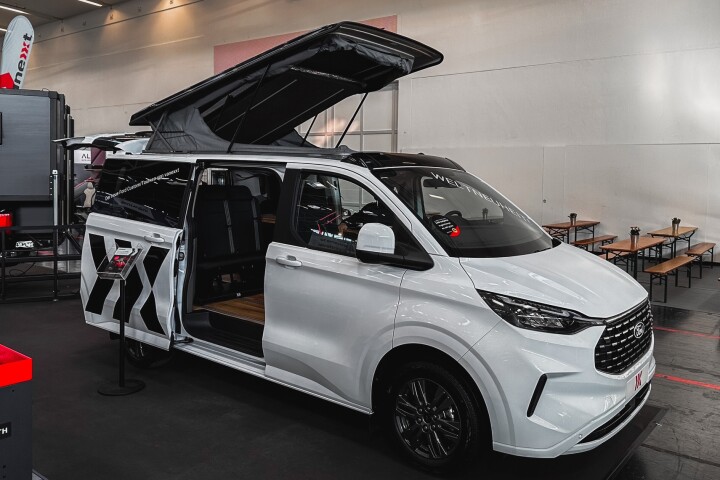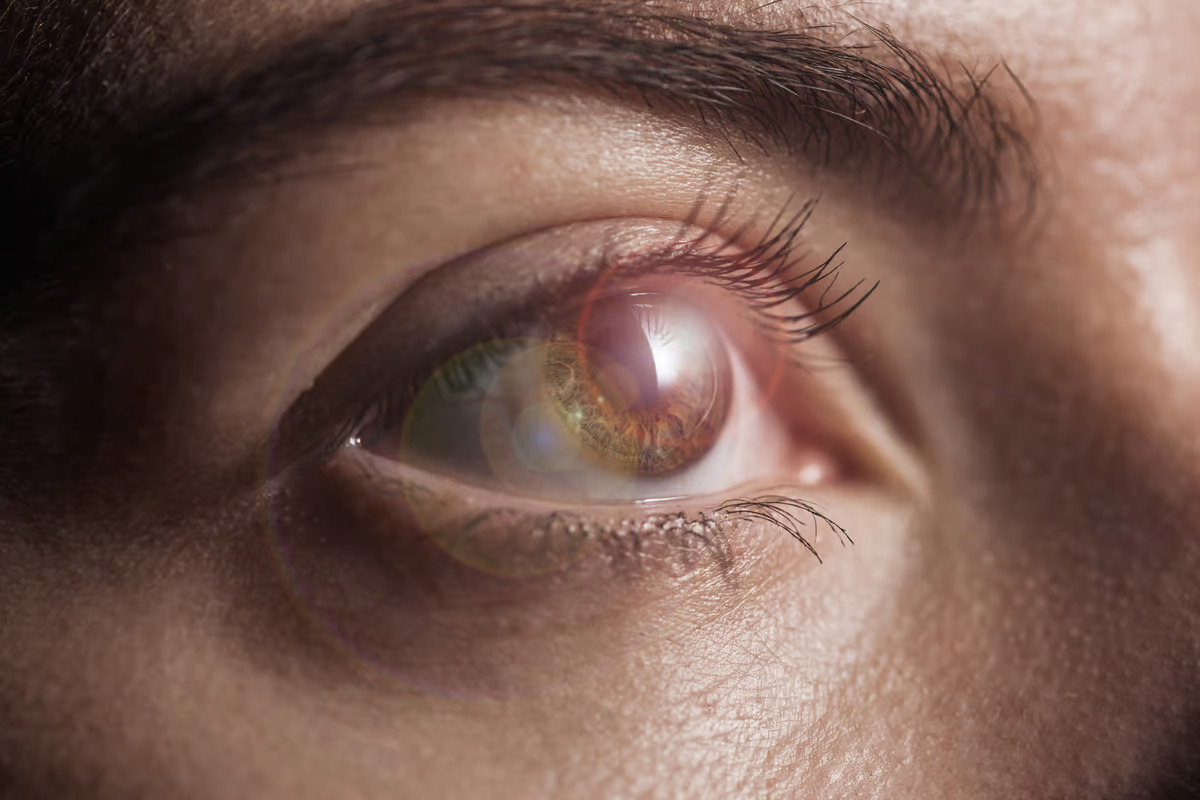 Tiny solar panels implanted into the eye may restore vision to people with incurable eye diseases. Original image from Depositphotos. View 4 Images –
Tiny solar panels implanted into the eye may restore vision to people with incurable eye diseases. Original image from Depositphotos. View 4 Images –
Neuroprosthetics interact with the nervous system to restore lost functionality. A good example is the cochlear implant, a small electronic device surgically implanted in the inner ear that stimulates the hearing nerve to provide sound signals directly to the brain, improving hearing.
Now, researchers from the University of New South Wales (UNSW) are exploring whether a similar neuroprosthetic technology can restore vision in people with damaged photoreceptors, specialized cells in the retina capable of absorbing light and converting it into electrical signals that can be sent to the visual cortex.
Camera sensor chips offer high resolution, extreme color depth and an increasing degree of low-light sensitivity – but there’s one key issue: they need to be powered. One shudders to think where the battery would go for a camera sensor in your eyeball, or how you’d change or charge it. On the other hand, there’s another technology capable of turning light directly into electricity – solar photovoltaic panels.
“People with certain diseases like retinitis pigmentosa and age-related macular degeneration slowly lose their eyesight as photoreceptors at the center of the eye degenerate,” said Udo Römer, an engineer whose expertise is in photovoltaics, commonly known as solar panel tech. “It has long been thought that biomedical implants in the retina could stand in for the damaged photoreceptors. One way to do this is to use electrodes to create [a] voltage pulse that may enable people to see a tiny spot.”
From light comes vision (usually)
When light hits the retina at the back of the eye, photoreceptors convert it into electrical signals. These signals travel from the retina through the optic nerve to the brain, where they’re turned into the images you see.
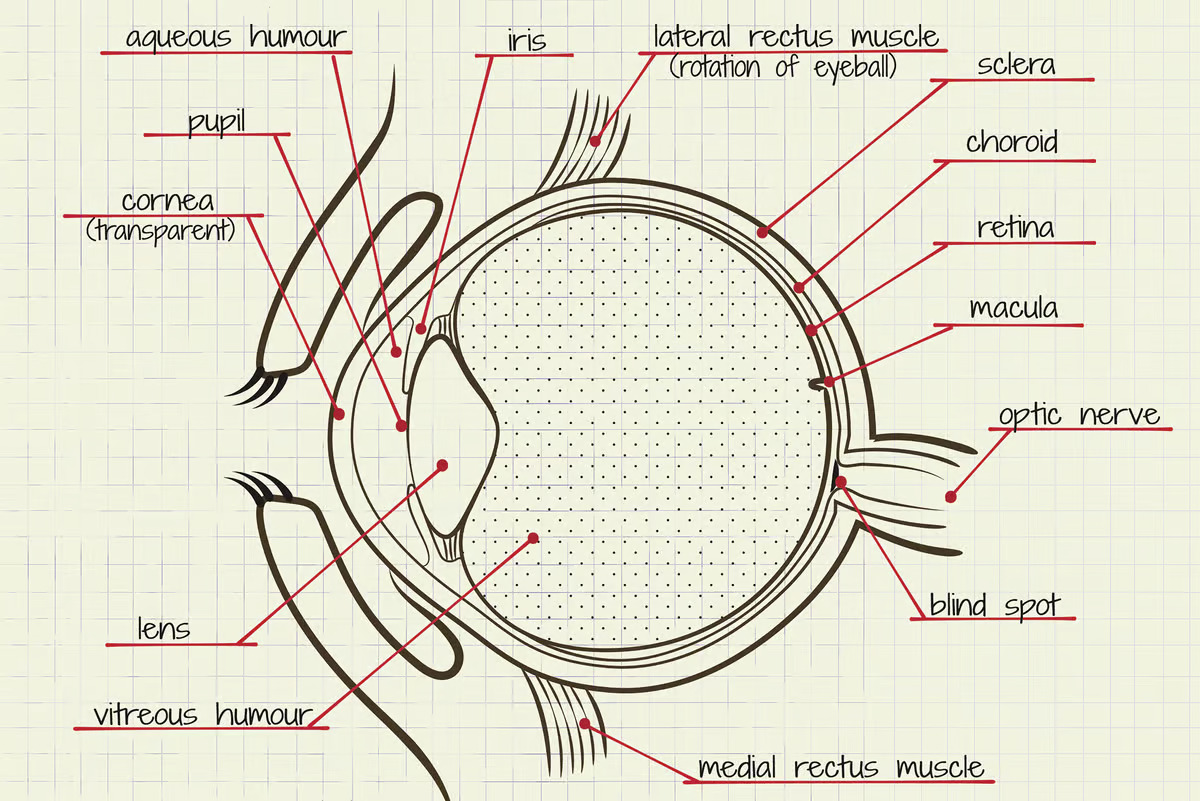
Retinitis pigmentosa (RP) is the name given to a group of rare genetic eye diseases that cause the slow breakdown of the image-capturing photoreceptors, leading to vision loss over time. In age-related macular degeneration (AMD), the macula, the part of the retina that controls sharp, straight-ahead vision, is damaged, leading to vision loss in the central field of vision. Currently, there’s no cure for RP or AMD.
Chance meeting: a melding of photovoltaics and biomedicine
Römer’s reason for embarking on this research was a chance meeting with a biomedicine student.
“I was helping a PhD student from our biomedical school out with processing, and we had some interesting discussions about all the different research that is going on in their group,” Römer told New Atlas. “I [very] much enjoy working on solar cells, but a lot of what they do is super interesting and sounds quite futuristic. His PhD project was in solar cells for neural stimulation, and he showed me a research paper from the Palanker Group at Stanford that was about retinal implants using silicon solar cells – probably one of the most fascinating papers I have read because it sounds like science fiction.”
Initially, Römer was put off by the already advanced research into using photovoltaic cells to restore sight, so he put the idea to one side.
“But it was something that lingered in my head because of how awesome it was,” Römer explains. “A few months later, when I was discussing a research project with my supervisor, we were talking about multijunction solar cells, which are basically a couple of different solar cells stacked on top of each other to better use the full solar spectrum. At this point, it clicked, and I thought, ‘Maybe stacking solar cells could solve one of the complications with the device that the Palanker Group is working on.’”
Stacking solar cells and a change of material
As Römer saw it, the Palanker Group’s problems could be overcome by stacking solar cells and changing the semiconductor material used in the device.
“They needed to interconnect three tiny Si [silicon] solar cells in each of the pixels to increase the voltage to a value that is high enough for reliably stimulating neurons,” the engineer told New Atlas. “In order to stimulate neurons, you need a higher voltage than what you get from one solar cell.
If you imagine photoreceptors as pixels, then we really need three solar cells to create enough voltage to send to the brain. Stacking solar cells would do exactly the same [as interconnecting them] but would potentially allow smaller pixels and, thereby, higher resolution. While we cannot easily stack Si solar cells, this is somewhat routinely done with materials like gallium arsenide.”

Silicon remains the most common semiconductor used in the solar cell industry. Other materials like gallium arsenide (GaAs) and gallium indium phosphide (GaInP) are also used. While these materials are not as cheap as silicon, their advantage is that their properties are easier to tune.
After “quite a bit of research and some calculations,” Römer submitted a Discovery Early Career Researcher Award (DECRA) application to the Australian Research Council and secured funding for the project. Then, it was full steam ahead to improve the technology.
“There have already been trials with this technology,” Römer said. “But the problem with this is they require wires going into the eye, which is a complicated procedure.”
An alternative idea is to use a tiny solar panel attached to the eyeball. This panel would naturally be self-powered and portable, avoiding the need for wires into the eye.
Proof-of-concept with huge potential
The technology is currently at the proof-of-concept stage. The next step is to transform the tiny solar cells into the tiny pixels needed for accurate sight.

Römer notes that the device only works when laser light is shone on it, and that patients would only see in fairly low-resolution black-and-white.
“One thing to note is that even with the efficiencies of stacked solar cells, sunlight alone may not be strong enough to work with these solar cells implanted in the retina,” said Römer. “People may have to wear some sort of goggles or smart glasses that work in tandem with the solar cells that are able to amplify the sun signal into the required intensity needed to reliably stimulate neurons in the eye.”
He also assures us that the device couldn’t be used for nefarious purposes.
“This is really ‘only’ a medical device that can help patients with certain diseases retain some vision,” Römer told New Atlas. “We are far from a cyborg application.”
Watch this space.
Source: UNSW View gallery – 4 images
–










